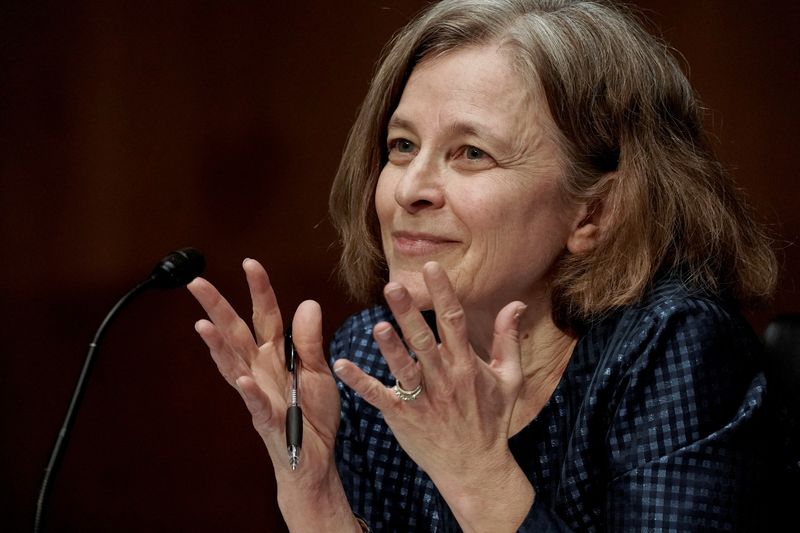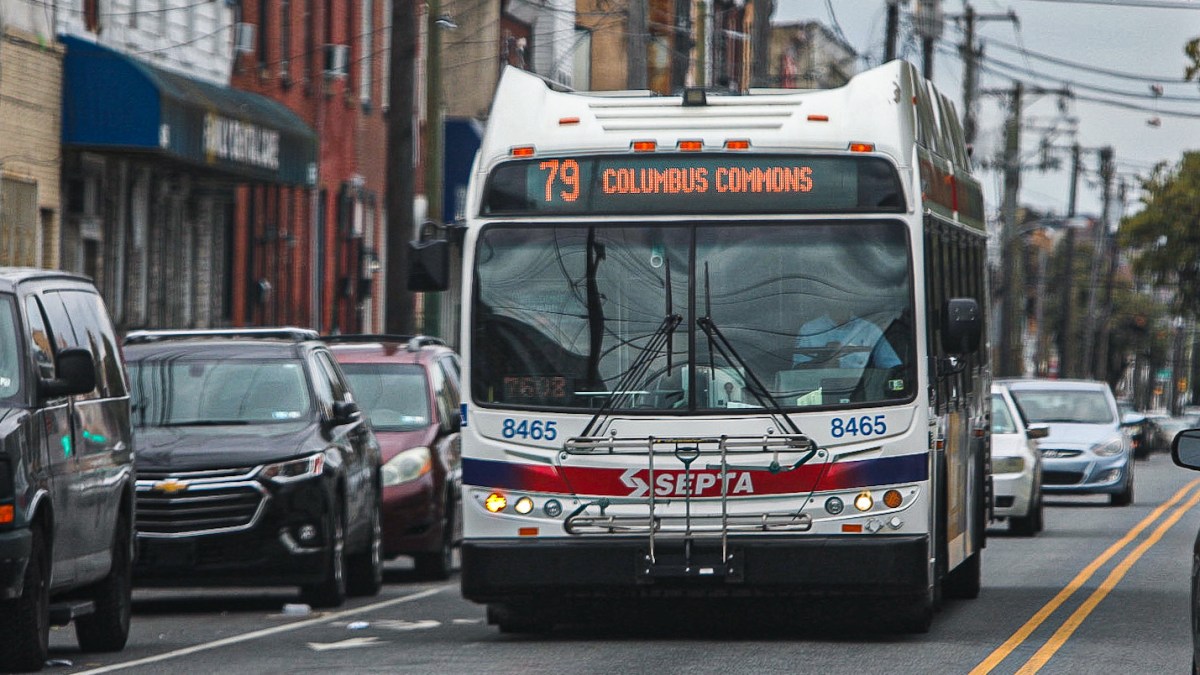WASHINGTON (Reuters) – Sarah Bloom Raskin’s decision Tuesday to withdraw her nomination as the Federal Reserve’s Wall Street cop further delays rule changes that have been in limbo since Randal Quarles stepped down as vice chair for supervision in October.
A Fed controlled by Democrats will pursue the same broad agenda regardless of who is in the supervision seat, and staff and governors may be able to work on some measures while the White House figures out a new nominee, analysts said.
But major policy decisions will need to be led and backed by a confirmed Fed official to gain support in Congress. Here is the regulatory agenda that will fall to a confirmed vice chair:
DE-REGULATION REDUX?
Over the past four years, Quarles led a review of regulations introduced following the 2007-2009 global financial crisis, arguing they were too blunt and onerous. Democrats accused Quarles of saving Wall Street billions of dollars while increasing systemic risks, and they want the Fed to revisit some of those changes.
Among the most contentious were revisions to the “Volcker Rule” curbing speculative bank investments; scrapping a requirement for big banks to hold capital against certain swap trades and stripping the Fed of its power to fail banks on their annual “stress tests” based on subjective concerns.
Whoever replaces Quarles would have to pick which of these to address. Even if Raskin had been confirmed quickly, the process of overhauling many of these rules was expected to be extremely time-consuming.
CLIMATE CHANGE RISKS
Climate change, a top policy priority for Democrats, is expected to rapidly rise on the Fed agenda under new leadership.
So far, the Fed has asked lenders to explain how they are mitigating climate change-related risks to their balance sheets, with the industry expecting to progress to a formal climate change scenario analysis in 2023, Reuters has reported.
Those projects are expected to accelerate. The big question will be whether the Fed pushes for restrictions or stiffer capital requirements on banks with significant exposures to polluting industries or other climate-specific risks.
Fed officials may end up treading more carefully than progressives had hoped, as Raskin’s nomination was ultimately sunk by concerns she would push too aggressively on climate risk.
BANK M&A
The delay in finding Quarles’ replacement may compound a logjam in approving bank tie-ups since last year due to uncertainty over Fed personnel changes.
Some pending deals have been approved following Fed Chair Jerome Powell’s renomination, but the industry is still waiting for the Fed and the Justice Department to decide on a potential new policy for bank deals. The next regulatory chief is expected to lead the committee that scrutinizes potential tie-ups, suggesting any new merger policy may also need her backing.
Without that certainty, bankers and lawyers have said they would be reluctant to pursue new tie-ups.
FINTECH FRAMEWORK
The Fed is also expected to tackle a regulatory blueprint for “fintech” companies that are quickly chipping away at the traditional financial sector.
It’s exploring how banks intersect with fintechs, particularly with smaller lenders that may outsource more services and infrastructure. Fintechs are also lobbying the Fed for access to its payments system.
While other banking regulators have worked for years to bring fintechs under their regulatory umbrella, the Fed has resisted, fearing doing so could create systemic risks. But as the sector continues to balloon, the Fed is expected to act.
SUPPLEMENTARY LEVERAGE RATIO
Another issue on the table is the supplementary leverage ratio, a rule created after the decade-ago crisis requiring banks to hold capital against assets regardless of their risk.
The Fed had to temporarily ease that rule in the midst of the pandemic as a glut of bank deposits and Treasury bonds drove up capital requirements on what are viewed as safe assets.
Despite intense bank lobbying, the Fed let that relief expire last year but promised to review the overall rule. The Fed has yet to publish a proposal.
COMMUNITY REINVESTMENT ACT
The central bank will also play a key role in a long-awaited overhaul of the Community Reinvestment Act (CRA) rules which promote lending in lower-income communities.
The Fed, which shares responsibility for writing the rules with other bank regulators, hopes the CRA can be updated to reflect the growth in online banking, while still ensuring lenders make meaningful contributions to the poorer areas they serve.
A new Fed regulation chief would likely have to be in place before the Fed could sign off on the changes.
(Editing by Michelle Price and Cynthia Osterman)






















